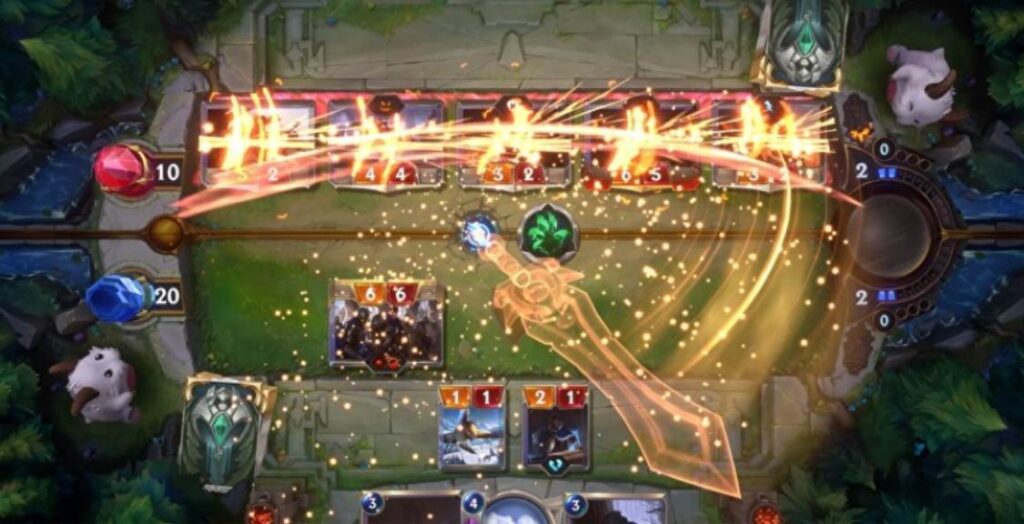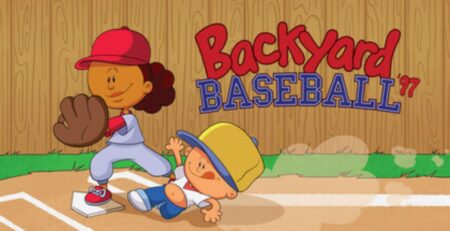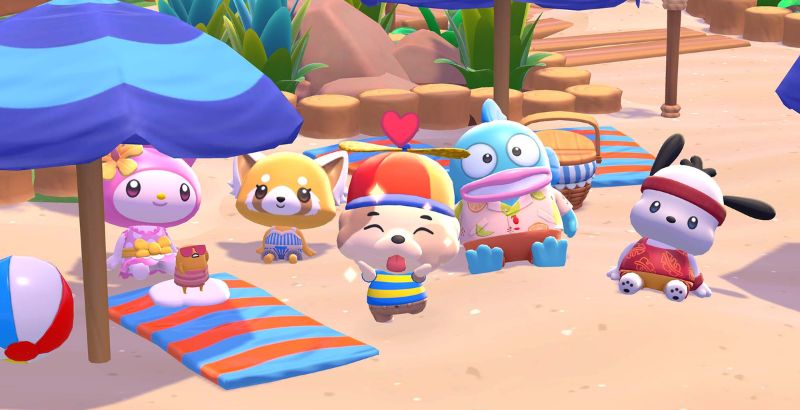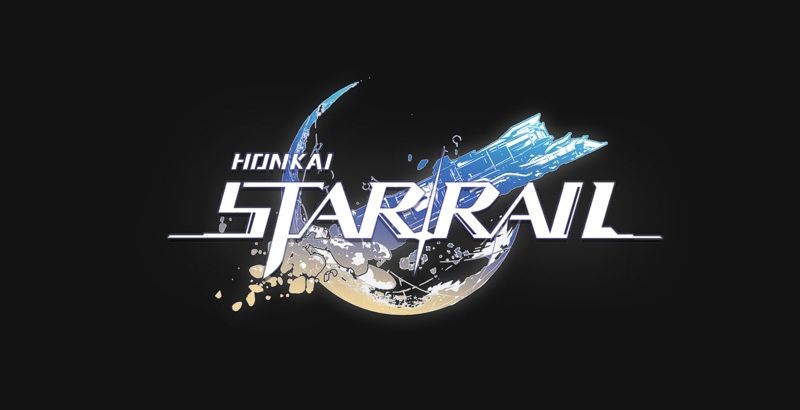Legends of Runeterra is a collectible digital card game developed and published by Riot Games. Players build decks out of cards representing characters and abilities from the League of Legends world and play head to head matches to see which player can build, and run, the best deck.
I’ve had my fair share of experience with collectible card games (CCGs). Beyond repeated forays into Hearthstone, I spent years playing the tabletop granddaddy of them all, Magic the Gathering. And that got serious enough that I spent a year and a half as a level one judge. I mention these things just so you can know where I’m coming from when talking about CCGs. Even with all this being said, my opinions are still simply my own and in this case, my opinion is fairly straight forward: I love Legends of Runeterra.
For those folks who have played other digital card games the basic setup looks familiar at first glance. Players have their hand of cards and an energy reserve that increases by one at the start of each round. This energy is spent playing cards and spells. Players get to attack their opponent on alternating rounds and finally, before the next round, players draw a card and their energy reserve is refilled. It’s all familiar to those who have been playing in the genre. But Legends of Runeterra puts some interesting twists on this standard framework.
Perhaps the biggest of these is the fact that players don’t get their own dedicated rounds. Instead of the standard form of I take my whole round and then you take your whole round, players alternate taking actions. The only thing that is exclusive to one player each round is initiating an attack and even that is handled differently than most games.
Most CCGs divide a round into separate phases. You will generally have a build phase where creatures are played and then an attack phase where combat happens. Legends of Runeterra opts instead to treat attacking like any other action. So if you start your round to attack with a character in play and your opponent doesn’t, you can opt to attack first thing.
Of course, this means any characters you play later in the round will not have an opportunity to attack themselves. This amount of fluidity in the timing of combat makes players think ahead when dealing with their own attacks. After all, if you attack heavy on your turn, and all your characters die, your opponent might sneak one in on you before you can play a blocker next turn.
This clear goal to give players more things to think about also comes through in the way spells are played as well as paid for. Legends of Runeterra spell casting system lends heavily from Magic the Gathering’s, with the fact that spells that can be cast at different “speeds” can be interacted with differently.
Slow spells, for instance, can only be cast if no other spells are currently waiting to resolve. While fast spells can be cast after an opponent has cast a spell, but before it resolves. This allows the player to save a threatened unit, or alter a board state to prevent their opponent’s spells from having the desired effect. When a burst spell is played it is resolved immediately, with no opportunity for an opponent to react. This is obviously the most desired speed, as it is the safest way to achieve your goals.
The last thing to mention about spells is a twist to Legends of Runeterra which applies to its energy system. Each player starts round one with a single energy. At the beginning of each subsequent round, the players’ energy gets restored and increased by one, to a maximum of ten. However, if at the end of a round a player has extra energy, it is kept in a separate energy track.
A player may store up to three energy in this track, but this energy can only be used to cast spells. It can, however, be combined with the player’s main energy reserve. So for example, if I start my fourth turn with my base four energy and two on my second track, I can cast a cost six spell. This can help a player come back from a slow start if their opponent gets an early leg up on them.
The characters played over the course of a game are split into two types: champions and followers. All characters have long-established strength and toughness numbers that inform how much damage they can deal out and how much it takes to kill them respectively. And damage is persistent in Legends of Runeterra. The biggest feature that separates champions from followers is that champions can be leveled up. Each champion has its own leveling trigger. Once it is triggered, the champion’s current version is replaced with a powered-up copy. This generally includes a stat boost and some new/additional powers being gained.
Legends of Runeterra spell casting system lends heavily from Magic the Gathering’s, with the fact that spells that can be cast at different “speeds” can be interacted with differently.

The different designations for characters also allow the game to limit some effects to either one or the other. Some spells will say things like “Deal X damage to target follower.” This would mean that it couldn’t be used against a champion. This is simply another way the values and costs of spells and abilities can be differentiated.
While all these small details to cards and game mechanics allow for tons of strategies and tactics, it also creates an even steeper learning curve than many other offerings on the market. While a first-time CCG player could certainly figure it out, it will be slow going at first. With lots of unique abilities and keywords on cards to learn, it can feel like a daunting task. But the rewards of outplaying your opponent are certainly gratifying when the moment comes.
Legends of Runeterra gives players a couple of different modes to explore. Along with your basic casual and competitive player vs. player modes, players can also engage in games with the A.I. for a lighter challenge. Speaking of challenges, the game offers a notable selection of special challenges that highlight different aspects of the game to help players learn the many intricacies of the game.
The last mode offered is expedition mode. This mode allows players to build decks out of randomly assorted cards. The player then pilots this deck until either they lose two matches in a row or they complete their total set. Rewards are then given to the player based on the total number of wins they have amassed.
Legends of Runeterra, while running on a freemium model, does a good job of rewarding players simply for playing the game. With experience tracks that gift new cards and crystal shards, which are used to acquire cards, there is virtually no pressure for a casual player to invest money. And, even if you do feel the urge to invest in your decks, this game’s microtransaction system is one of the kindest that I’ve seen.
Card game enthusiasts will be visiting Legends of Runeterra for a long time to come.
First of all, there are no loot boxes or season passes present here. Cosmetic items are simply purchased from the store, as are new cards. Cards range from commons costing ten in-game coins while the rarest cards, champions, will cost 300. For reference, $5 US will get you 475 in-game coins. Since you choose exactly what you want, this feels like a fair enough system to me. Roughly $3 for a single card may sound pricey until you consider how many $2 to $3 loot boxes you’d have to buy in most games to acquire the correct rare card.
Lastly, we have the visual presentation of Legends of Runeterra. This game features lovely, fun artwork that is complemented by lots of snazzy visual effects. All the biggest moments in the game are accompanied by cool graphical touches. Especially the champion’s transformations. Couple all this with a boatload of fun voice lines used to flesh out the characters in the play, and some of these cards have more personality than some party members in RPGs.
When all is said and done, I think Legends of Runeterra is off to a fantastic start. The game is fun, and interesting and puts enough twists on the tried and true CCG formula to stand out from the crowd. It’s filled with fun personalities and supported by a microtransaction system that doesn’t feel like it’s out to fleece you. As long as Riot Games can continue to support it with quality expansions, card game enthusiasts will be visiting Runeterra for a long time to come.
Legends of Runeterra is playable now on PC, iOS, and Android devices.
Legends of Runeterra
-
Rating - 9.5/109.5/10
TL;DR
The game is fun, interesting and puts enough twists on the tried and true CCG formula to stand out from the crowd. It’s filled with fun personalities and supported by a microtransaction system that doesn’t feel like it’s out to fleece you.







